
पाइल्स/Piles
Piles is another term for hemorrhoids. Hemorrhoids are collections of inflamed tissue in the anal canal. They contain blood vessels, support tissue, muscle, and elastic fibers.
Many people have piles, but the symptoms are not always obvious. Hemorrhoids cause noticeable symptoms for at least 50 percent before the age of 50 years.
An individual with piles may experience the following symptoms:
- A hard, possibly painful lump may be felt around the anus. It may contain coagulated blood. Piles that contain blood are called thrombosed external hemorrhoids.
- After passing a stool, a person with piles may experience the feeling that the bowels are still full.
- Bright red blood is visible after a bowel movement.
- The area around the anus is itchy, red, and sore.
- Pain occurs during the passing of a stool.
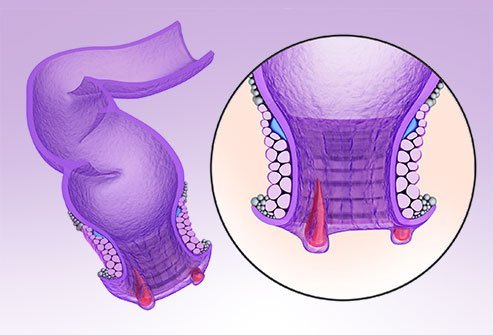
फिशर/ Fissure
An anal fissure is a small tear in the thin, moist tissue (mucosa) that lines the anus. An anal fissure may occur when you pass hard or large stools during a bowel movement. Anal fissures typically cause pain and bleeding with bowel movements. You also may experience spasms in the ring of muscle at the end of your anus (anal sphincter).
Anal fissures are very common in young infants but can affect people of any age. Most anal fissures get better with simple treatments, such as increased fiber intake or sitz baths. Some people with anal fissures may need medication or, occasionally, surgery.
- Pain, sometimes severe, during bowel movements
- Pain after bowel movements that can last up to several hours
- Bright red blood on the stool or toilet paper after a bowel movement
- A visible crack in the skin around the anus
- A small lump or skin tag on the skin near the anal fissure
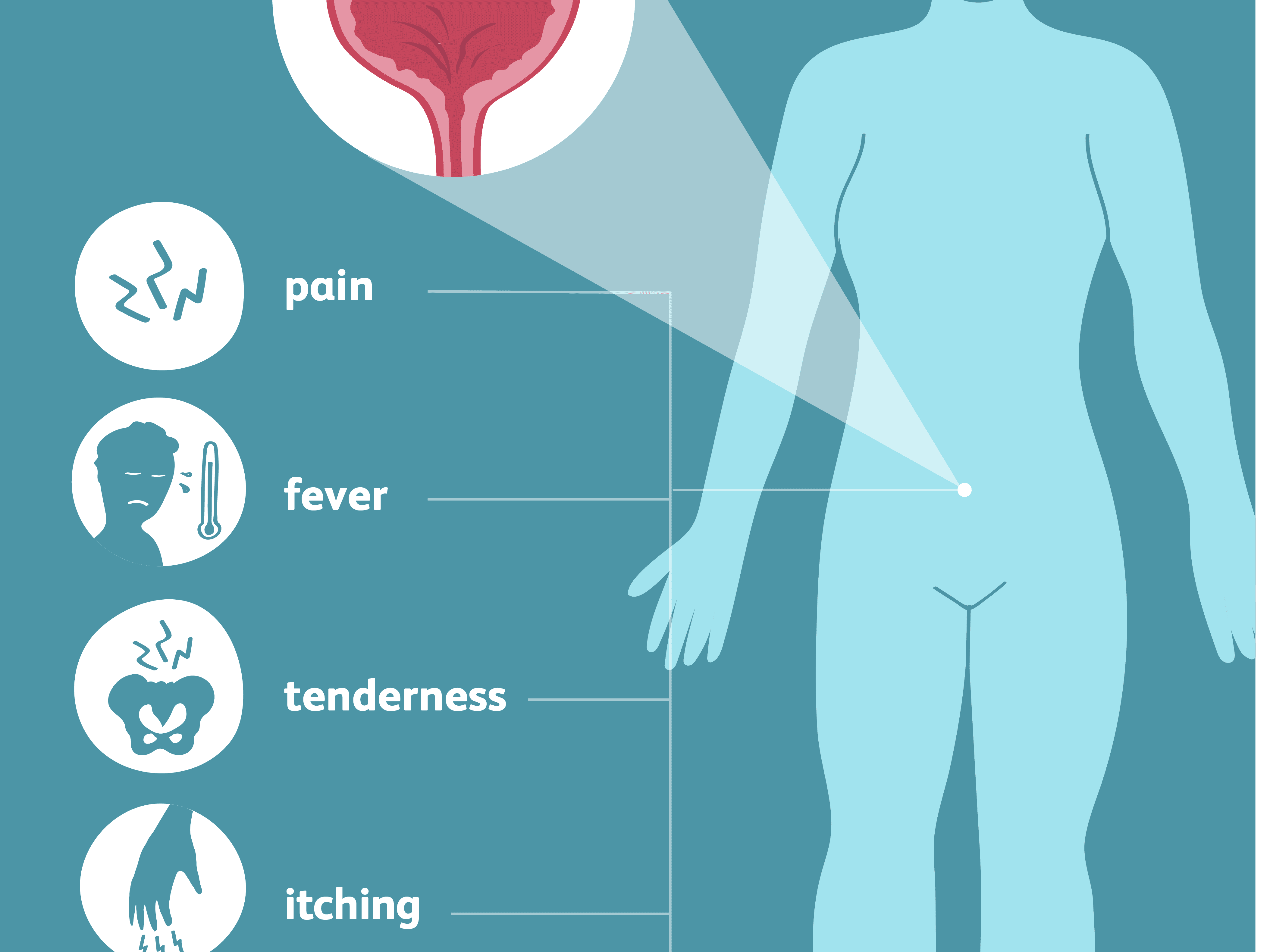
फिस्टुला/Fistula
An anal fistula is a small tunnel that connects an infected gland inside the anus to an opening on the skin around the anus. Symptoms include pain and swelling around the anus. Diagnosis and treatment are discussed.
The anus is the external opening through which feces are expelled from the body. Just inside the anus are a number of small glands that make mucus. Occasionally, these glands get clogged and can become infected, leading to an abscess. About half of these abscesses may develop into a fistula.
- Crohn’s disease (an inflammatory disease of the intestine)
- Radiation (treatment for cancer)
- Trauma
- Sexually transmitted diseases
- Tuberculosis
- Diverticulitis (a disease in which small pouches form in the large intestine and become inflamed)
- Cancer

गैस एवं एसिडिटी/Gas and Acidity
Whether we admit it or not, everyone has gas at some point. Your digestive tract produces gas and eliminates it either through the mouth, via belching, or the rectum, via flatulence. The average person passes gas about 13 to 21 times per day. Gas is made up mostly of carbon dioxide, hydrogen, nitrogen, oxygen, and methane.
Foods that are notorious gas producers include:
- apples
- asparagus
- beans
- broccoli
- Brussels sprouts
- cabbage
- cauliflower
- onions
- peaches
- pears
- some whole grains
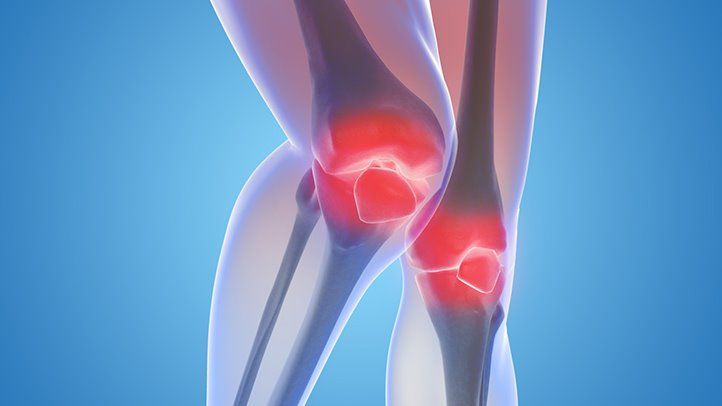
जोड़ों के दर्द/Arthritis
Rheumatoid arthritis is a chronic inflammatory disorder that can affect more than just your joints. In some people, the condition can damage a wide variety of body systems, including the skin, eyes, lungs, heart and blood vessels.
An autoimmune disorder, rheumatoid arthritis occurs when your immune system mistakenly attacks your own body's tissues.
Signs and symptoms of rheumatoid arthritis may include:
- Tender, warm, swollen joints
- Joint stiffness that is usually worse in the mornings and after inactivity
- Fatigue, fever and loss of appetite
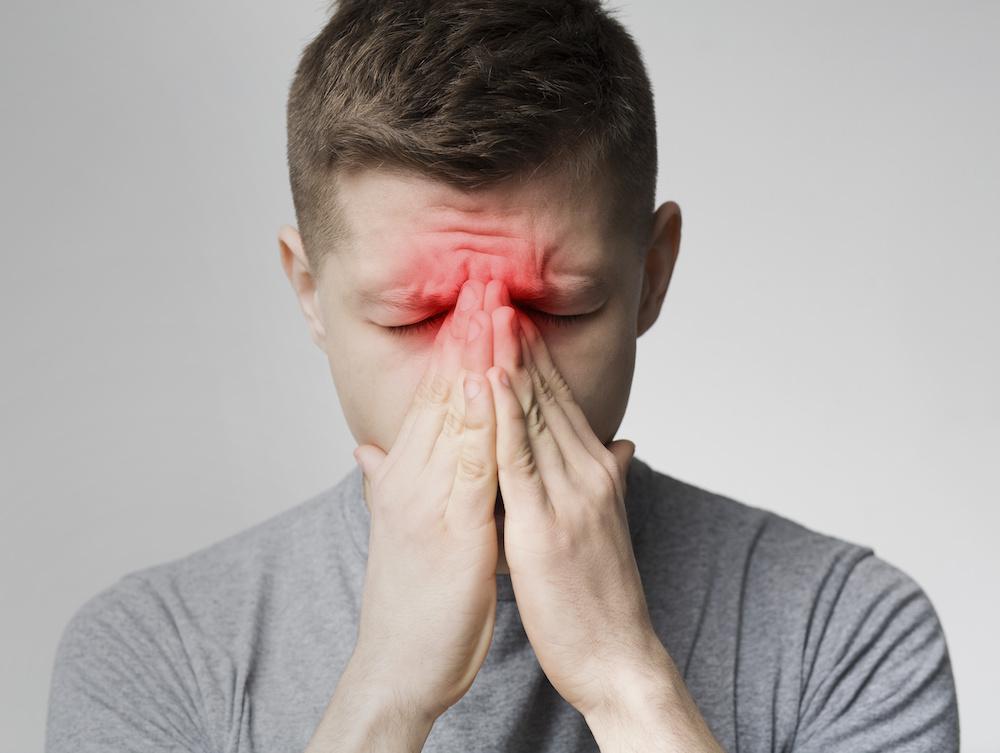
साइनोसाइटिस/Sinusitis
Chronic sinusitis occurs when the spaces inside your nose and head (sinuses) are swollen and inflamed for three months or longer, despite treatment.
This common condition interferes with the way mucus normally drains, and makes your nose stuffy. Breathing through your nose may be difficult, and the area around your eyes might feel swollen or tender.
Common signs and symptoms of chronic sinusitis include:
- Nasal inflammation
- Thick, discolored discharge from the nose (runny nose)
- Drainage down the back of the throat (postnasal drainage)
- Blocked or stuffy (congested) nose causing difficulty breathing through your nose
- Pain, tenderness and swelling around your eyes, cheeks, nose or forehead
- Reduced sense of smell and taste
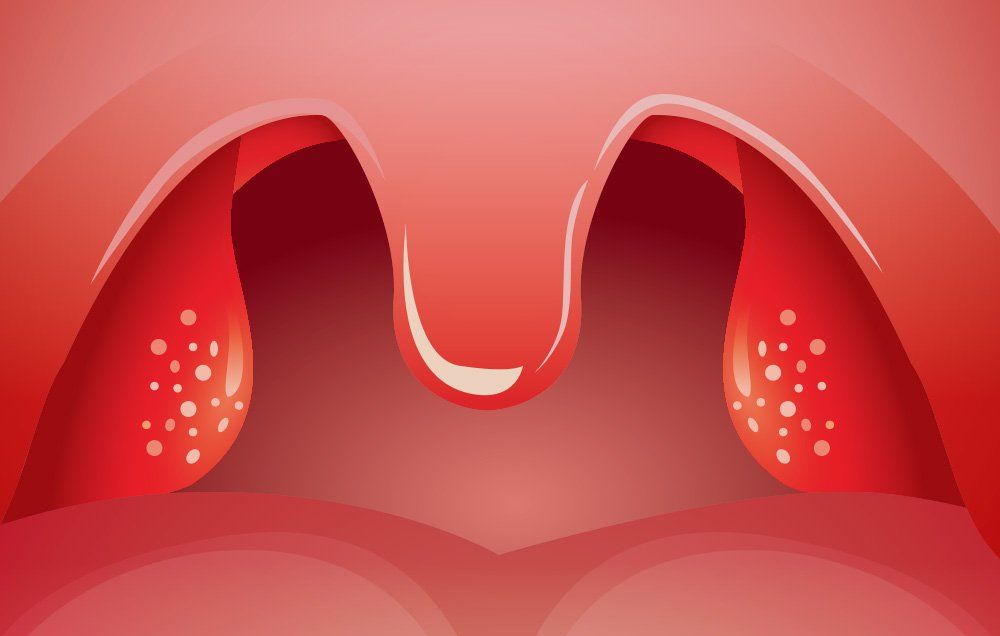
टॉन्सिल/Tonsils
Tonsils are the two lymph nodes located on each side of the back of your throat. They function as a defense mechanism and help prevent your body from getting an infection. When tonsils become infected, the condition is called tonsillitis.
Tonsillitis can occur at any age and is a common childhood illness. It’s most often diagnosed in children from preschool age through their mid-teens. Symptoms include a sore throat, swollen tonsils, and fever.
Possible symptoms of tonsillitis include:
- A very sore throat
- Difficulty or pain while swallowing
- A scratchy-sounding voice
- Bad breath
- Fever, chills, earaches, stomachaches
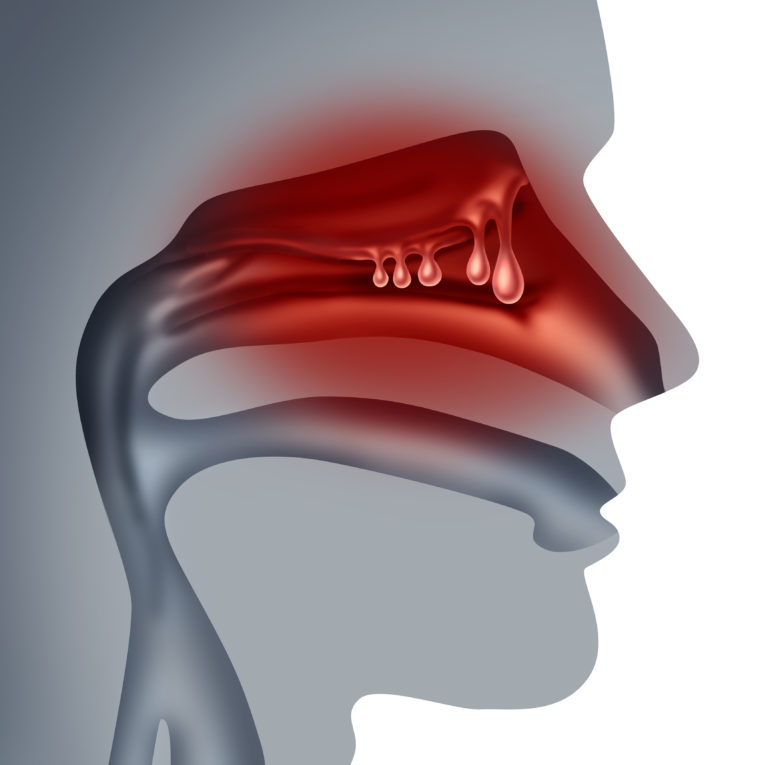
नेजल पॉलिप/Nasal Polyps
Nasal polyps are soft, painless, noncancerous growths on the lining of your nasal passages or sinuses. They hang down like teardrops or grapes. They result from chronic inflammation and are associated with asthma, recurring infection, allergies, drug sensitivity or certain immune disorders.
Small nasal polyps may not cause symptoms. Larger growths or groups of nasal polyps can block your nasal passages or lead to breathing problems, a lost sense of smell and frequent infections.
Common signs and symptoms of chronic sinusitis with nasal polyps include:
- A runny nose
- Persistent stuffiness
- Postnasal drip
- Decreased or absent sense of smell
- Loss of sense of taste
- Facial pain or headache
- Pain in your upper teeth
- A sense of pressure over your forehead and face
- Snoring
- Frequent nosebleeds

बच्चों के रोग/Children Disease
All children deserve high-quality medical care. As a parent, it is important to be aware of the most up-to-date treatment guidelines so you can be sure your child is getting the best care possible.
the most common childhood illnesses and their approved treatments. The treatments discussed here are based on scientific evidence and best practices. However, there may be reasons why your pediatrician has different recommendations for your child, especially if your child has an ongoing medical condition or allergy. Your pediatrician will discuss any variations in treatment with you. If you have any questions about appropriate care for your child, please discuss them with your pediatrician.



